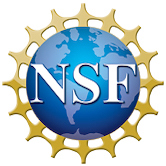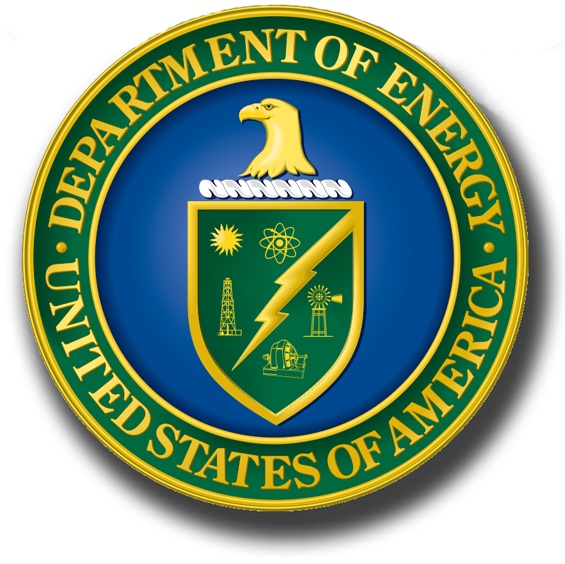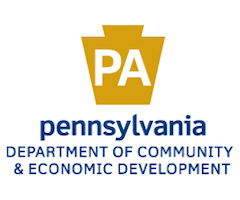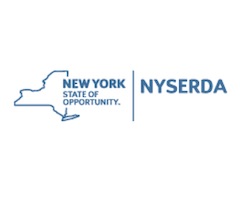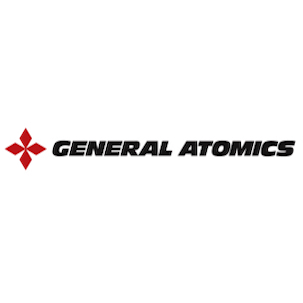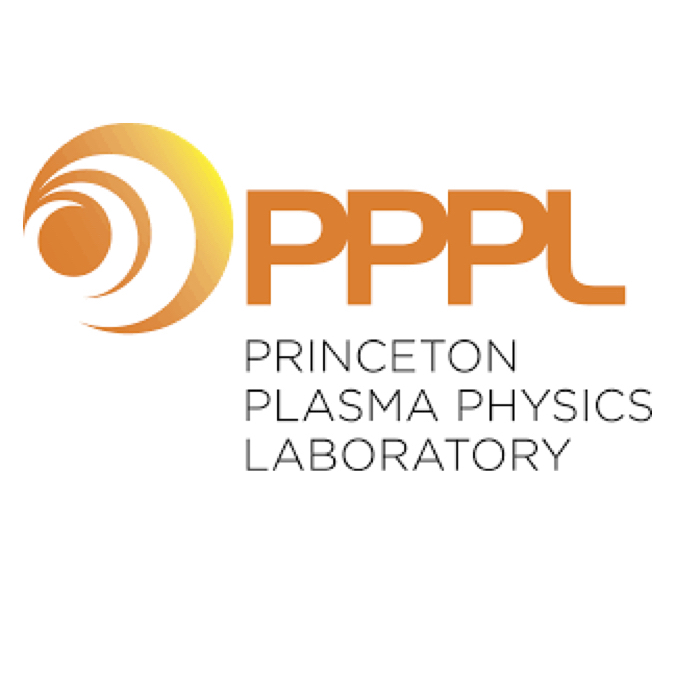Dynamic Actuator Allocation via Reinforcement Learning for Concurrent Regulation of Plasma Properties
S.T. Paruchuri, E. Schuster
30th IEEE Symposium on Fusion Energy
Oxford, UK, July 9-13, 2023
Designing a single controller to simultaneously regulate all kinetic and
magnetic plasma properties in a tokamak can be difficult, if not impossible,
due to the system’s complex coupled dynamics. A more viable solution is
developing individual algorithms to control one or more plasma properties
and integrating them in the plasma control system (PCS) to regulate the
target scenario. However, such integration requires an actuator allocation
algorithm to convert virtual inputs from individual controllers into
physical actuator commands (e.g., neutral beam powers) and to arbitrate
the competition for available actuators by the different controllers.
Existing actuator allocation algorithms rely on solving a static optimization
problem at each time instant. Real-time static optimization can be computationally
expensive in some instances. Furthermore, static optimization ignores
the temporal evolution of actuator variables and constraints. Therefore,
dynamic actuator allocation algorithms have been proposed recently as
an alternative. These algorithms use ordinary differential equations to
describe the relation between virtual inputs and physical actuators. A
dynamic actuator allocation problem is formulated for a certain class of
plasma control algorithms. A reinforcement learning (RL)-based algorithm
is proposed to solve the dynamic allocation problem in real time. The
RL-based algorithm relies on data collected in real-time to learn the
allocation policy that prescribes the optimal combination of physical
actuator commands for a given set of virtual inputs. The proposed algorithm
is tailored to the DIII-D tokamak and tested in nonlinear simulations
based on the Control Oriented Transport SIMulator (COTSIM).
*Supported by the US DOE (DE-SC0010661, DE-SC0021385).
